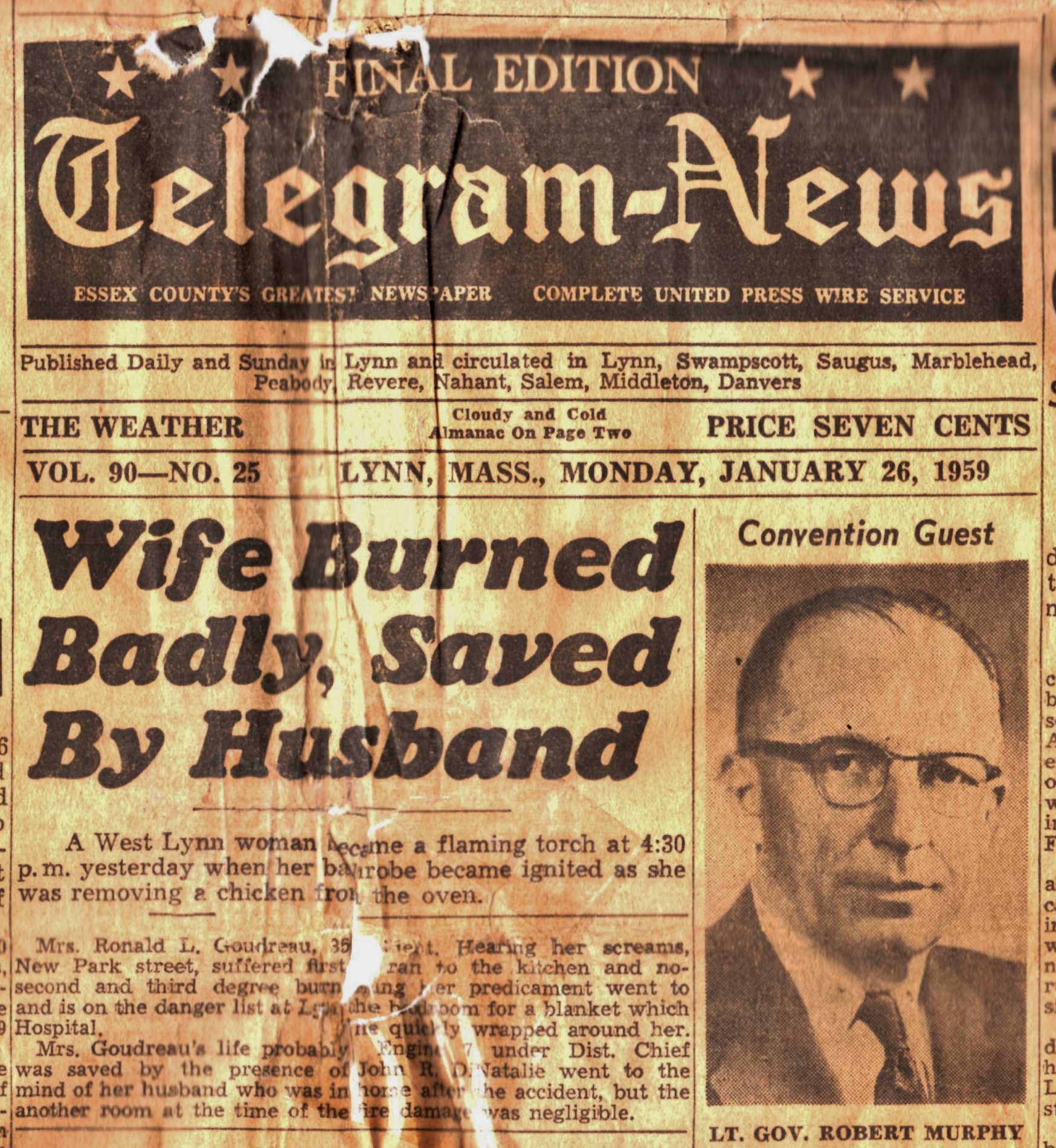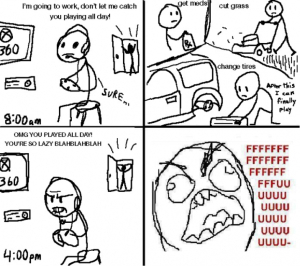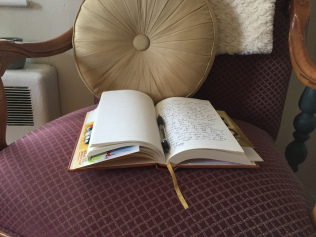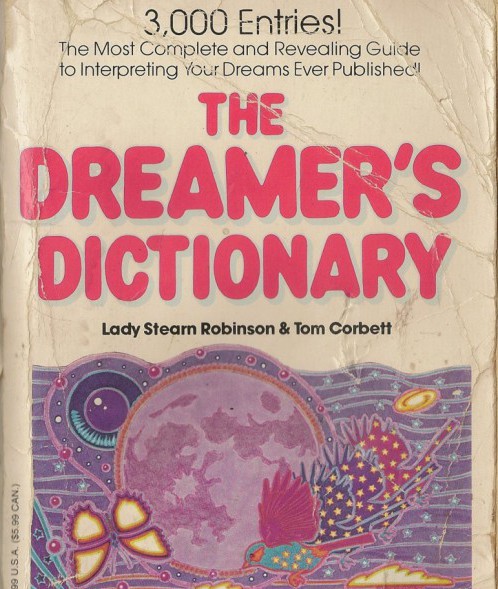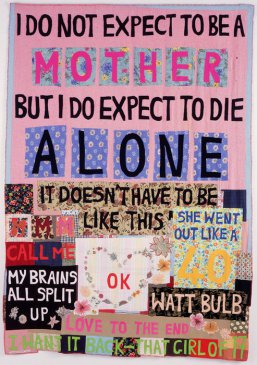Tanya K. Rodrigue, Kate Artz, Julia Bennett, M.P. Carver, Megan Grandmont, Dan Harris, Danah Hashem, Anne Mooney, Mike Rand, and Amy Zimmerman.
Introduction
by Tanya K. Rodrigue
Over the past two decades, the study of sound has become increasingly popular in writing studies. Several journals have devoted special issues to the subject, including Computers and Composition, Harlot, and Currents in Electronic Literacy, and standalone articles are rapidly appearing in journals across the discipline. Scholars such as Scott Halbritter (2004), Heidi McKee (2006), and Cynthia Selfe (2009) have called attention to the importance of thinking about and understanding sound both from a rhetorical and semiotic perspective in the writing classroom. More recently, scholars like Erin Anderson (2014) have taken up and problematized traditional ways of thinking about sound in writing studies, providing scholars with even more to explore in the realm of aurality.
This webtext is comprised of nine sonic compositions as well as explorations and reflections on, and about, sonic rhetoric and the teaching of it. The work was produced by a community of writers during and after a Digital Writing graduate course at Salem State University. This webtext has three primary goals: (1) to contribute to the growing body of scholarship on digital and sonic rhetoric via thorough explorations of sonic rhetorical strategies and a presentation of a new digital pedagogical approach; (2) to offer insight into the complexity of understanding and employing sonic rhetorical strategies as first-time audio composers; and (3) to provide a teaching tool and curricula resource on sonic rhetoric for students in secondary and higher education.
To navigate this webtext, please read the section descriptions below.
Audio Projects contains the nine audio compositions by our student-composers that fall into seven different genres: audio drama (fiction), audio drama (non-fiction), oral history, poetry and prose, audio journal, audio memoir, and audio essay. The projects may be browsed by author name, project title, or genre.
Sonic Strategies provides a micro-examination of how composers employed particular sonic rhetorical strategies—voice, silence, sound interaction, sound effects, and music—in their audio projects, albeit in conjunction with other strategies. Such a close examination of a singular rhetorical strategy offers in-depth insight into a composer’s complex cognitive decision-making process as well as the multiple roles and rhetorical purposes one strategy can play in knowledge construction.
Pedagogy provides a reflection by the professor of the class, Tanya K. Rodrigue, on the course, the audio assignment, and the student composers’ projects. It also includes a reflection from teachers of record or teachers-in-training from the course on how the creation of their sonic compositions informs their understanding of the role of audio in the composition classroom.
The last content section, Conclusions, offers instructors a guide for using this webtext as a pedagogical tool for teaching sonic rhetoric and audio composition.
